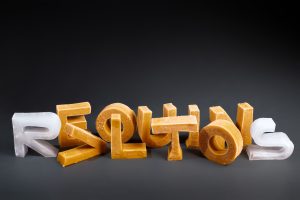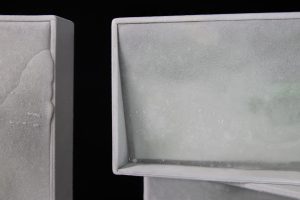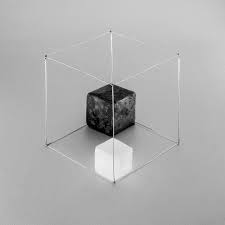by Margaret Sgarra, contemporary art curator
 Paola Calcatelli is a visual artist specialized in photography and multi-material installations with a predilection for ice and metallic materials. At the center of her research are the concepts of transformation and memory. She exhibited in many collective and personal exhibitions.
Paola Calcatelli is a visual artist specialized in photography and multi-material installations with a predilection for ice and metallic materials. At the center of her research are the concepts of transformation and memory. She exhibited in many collective and personal exhibitions.
Your artistic research finds expression in photography and ephemeral installations that have ice as their subject. What led you to choose these ways of expression?
The awareness of the fact that everything around us is subjected to evolution and change, the sensation that the permanence of things and phenomena is illusory. Every attempt to escape this cosmic law creates pain for human beings, while confident abandonment, when is sincere, allows us to live peacefully.
 Transformation and impermanence are themes dear to you. Where does this interest come from?
Transformation and impermanence are themes dear to you. Where does this interest come from?
I have been practicing Yoga and meditation for many years, the idea of impermanence is very present in Eastern culture. It is a concept that has been absorbed by Western culture, which has made it its own in different eras and with various declinations.
Through your works, what emotions do you want to arouse in those who see them?
With my works I hope to make feelings and sensations that we deeply recognize resonate in everyone’s soul. I try to speak to their instinctive part, bypassing, when possible, the barrier of the rational mind.
 Are there any artists you feel most connected to and who are a source of inspiration for you?
Are there any artists you feel most connected to and who are a source of inspiration for you?
I am fascinated by artists from ancient history but also modern and contemporary, who have tried to capture the meaning of the world around us using geometry and formal rigor. Even if it might seem contradictory in some way, I actually think that more profoundly than others they have been able to recognize and express the sense of the sacred and the mystery present in every particle of the world around us. Piero della Francesca is one of my favorite artists, but I am very fascinated by the depth of Jan Vermeer. Among the moderns Francesco Casorati. While among the contemporaries Olafur Eliasson.
As we have already said, in your work there are short-lived ephemeral installations whose use is temporary. What do you think about ephemeral art that disintegrates in a limited time?
 In reality everything is ephemeral. And if we think about the enormous work done for the conservation of artistic assets in the world and specifically in Italy, we realize that if we perceive contemporary works as ephemeral it is only because they deteriorate more quickly than those of the past. Many contemporary artists purposely create works destined to deteriorate quickly or transform over the years. I think it is a sign of the perception that sensitive souls have of the transience and uncertainty of the time we are living in. And I’m not just referring to visual artists, but also to writers, sociologists, philosophers. Our era has been described in a very evocative way as a liquid universe, in constant mutation, where human beings struggle to find safe holds and havens.
In reality everything is ephemeral. And if we think about the enormous work done for the conservation of artistic assets in the world and specifically in Italy, we realize that if we perceive contemporary works as ephemeral it is only because they deteriorate more quickly than those of the past. Many contemporary artists purposely create works destined to deteriorate quickly or transform over the years. I think it is a sign of the perception that sensitive souls have of the transience and uncertainty of the time we are living in. And I’m not just referring to visual artists, but also to writers, sociologists, philosophers. Our era has been described in a very evocative way as a liquid universe, in constant mutation, where human beings struggle to find safe holds and havens.
What fascinates you about photography?
 Photography allows us to stop the flow of time for a moment and to observe the world around us with detachment. I do not use post-production processing and the effects I create in some of my images are created with the use of mirrors or thanks to the choice of framing. I think that the point of view we adopt in observing reality, and in this case in taking a shot, can open the door to unusual and profound visions of the world.
Photography allows us to stop the flow of time for a moment and to observe the world around us with detachment. I do not use post-production processing and the effects I create in some of my images are created with the use of mirrors or thanks to the choice of framing. I think that the point of view we adopt in observing reality, and in this case in taking a shot, can open the door to unusual and profound visions of the world.
What are your upcoming projects?
I would like to work on some themes that have attracted me but which I haven’t explored as deeply as they deserved yet. In this particular historical moment I find the idea of separation and fracture very current and, at the same time, of reconciliation through the dissolution of barriers.